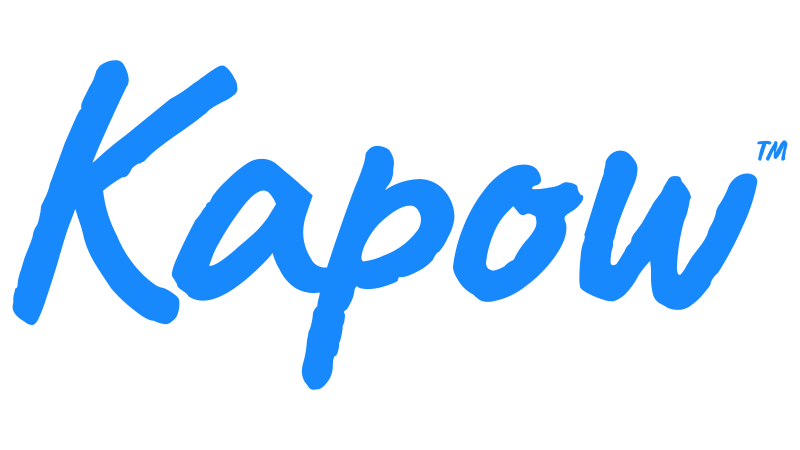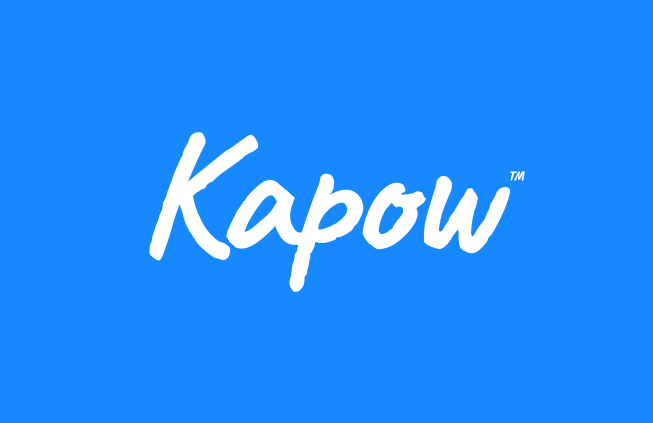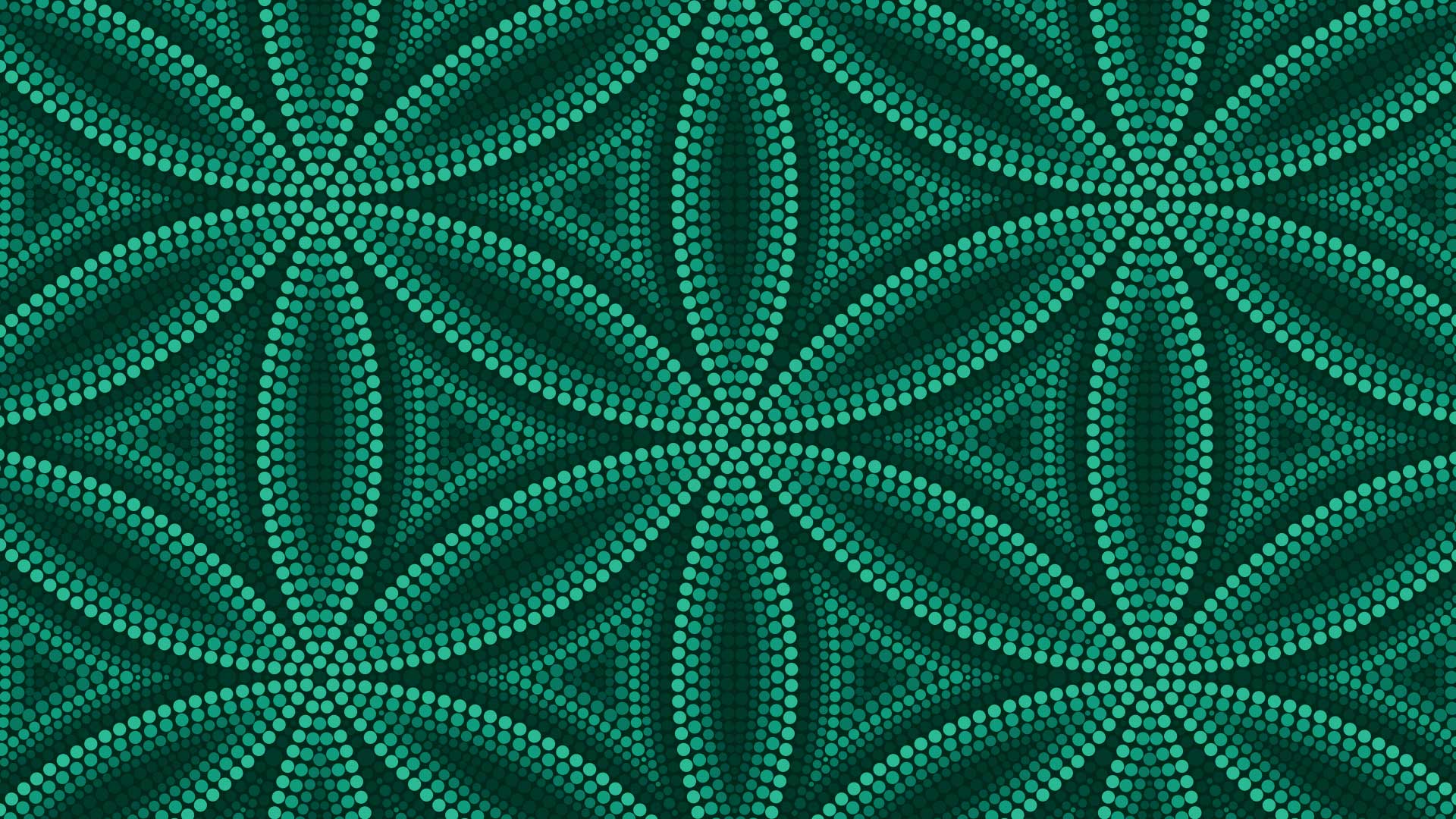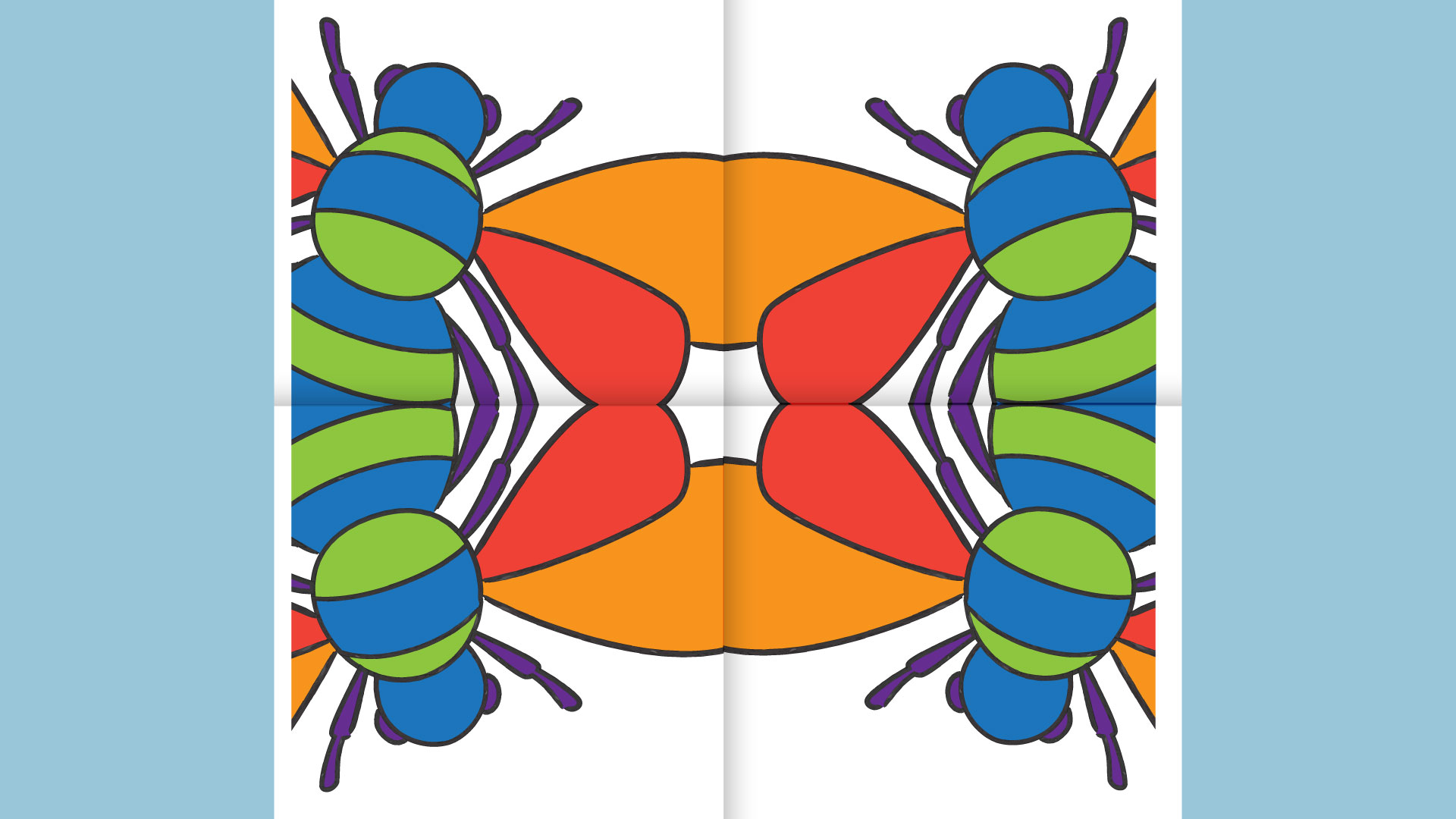Learning intention
- To make a tessellation using abstract shapes.
Success criteria
- I can explain what a tessellation is.
- I can
This content is for subscribers only. Join for access today.
Cambridge Primary Art & Design (0067) Learning objectives
Experiencing
E.01 Encounter, sense, experiment with
This content is for subscribers only. Join for access today.
Before the lesson
This content is for subscribers only. Join for access today.
Lesson plan
Recap and recall
Show the Presentation: Fact sharing. In pairs, learners give a fact about the Seed of Life using the questions.
This content is for subscribers only. Join for access today.
Extended-mode explainer videos
How to extend your display to view the lesson page and preseantion mode simultaneously. Choose your operating system below to watch the video
If you need further support with extending your display,
please contact [email protected].
Differentiation
Learners needing support:
- Could make a simple abstract shape by cutting a piece from one side of a square and moving it to the other side only once.
- Could practise placing their shape on paper before drawing around it to check it fits together.
Learners working at a stretch:
- Should change their shape by adding details to make it look like an object (e.g., an animal, bird, or face) like Escher’s designs.
- Could try rotating or flipping their shape to make a more detailed tessellation.
This content is for subscribers only. Join for access today.
Assessing progress and understanding
Learners with secure understanding can:
- Explain the features
This content is for subscribers only. Join for access today.
Vocabulary definitions
-
abstract shape
A shape that doesn’t look like anything real. It can be uneven or unusual.
-
digital
Using a computer.
This content is for subscribers only. Join for access today.





